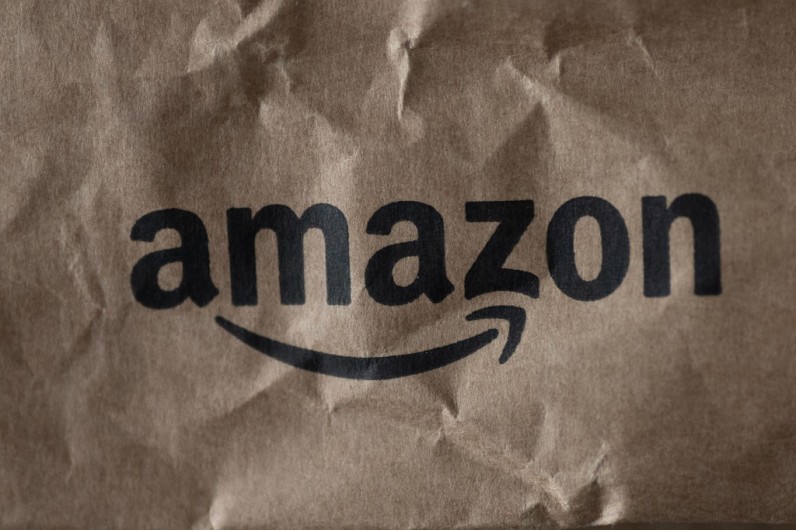
Amazon announced its initiative to eliminate 95% of the plastic air pillows from its shipping packages in North America and replace them with paper fillers manufactured from 100% recycled materials.
The corporation said in a blog post on Thursday, June 20, that this move would help them eliminate almost 15 billion plastic pillows annually, making it their biggest plastic-packaging reduction endeavor.
Significant Decrease in Plastic Packaging
The news was made by Amazon executive Pat Lindner of the Mechatronics and Sustainable Packaging division, who promised to keep innovating, testing, and scaling up their efforts to make curbside recycling materials their top priority. He said the firm aims to achieve 100% removal of the plastic cushions across North America by year's end.
With the announcement of its first automated fulfillment facility in the United States last October, Amazon decided to phase out plastic delivery packaging, including plastic air cushions, in favor of paper fillers.
The firm worked with its suppliers to find a paper filler that was 100% recycled and coordinated the transition of operations for all of its fulfillment sites to ensure a smooth process. This involved communicating with hundreds of workers to upgrade the equipment and providing training on the new systems and tools.
READ NEXT : Amazon and Vrio to Challenge Starlink with Satellite Internet Launch in South America by 2025
Further Efforts From Amazon
Amazon has already taken other measures to decrease the amount of packaging it uses.
To ship items in their original packaging rather than Amazon's distinctive brown box, the business introduced the Ships in Product Packaging program in 2015. Amazon has also collaborated with the US Department of Energy to implement new recycling processes and develop new materials.
Additionally, Amazon said it is working with AI and robotics startup Glacier to test new technology that will automate recycling sorting and gather real-time data on recycling streams for businesses. This will help reduce landfill waste and boost the usage of recycled materials in packaging.







Join the Conversation